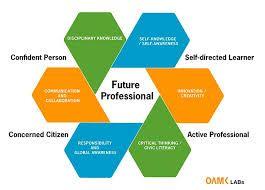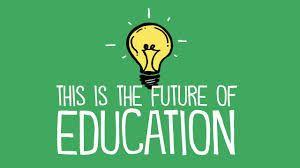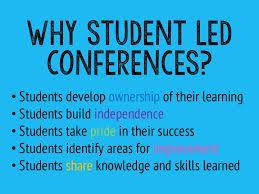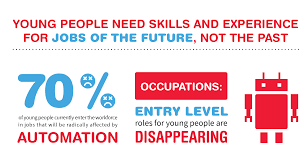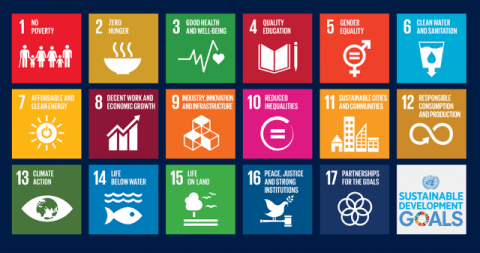Education needs to decentralise from one key outcome, the Grade 12 score, and instead develop and value the full range of capabilities young people require for a successful future. Schools educate children for thirteen years, so have a prime role in developing the capabilities young people will need to thrive. Basics, such as literacy, numeracy and core subject knowledge, are important. But the senior secondary years need to go beyond this and provide young people with advanced capabilities within and across subject areas.
